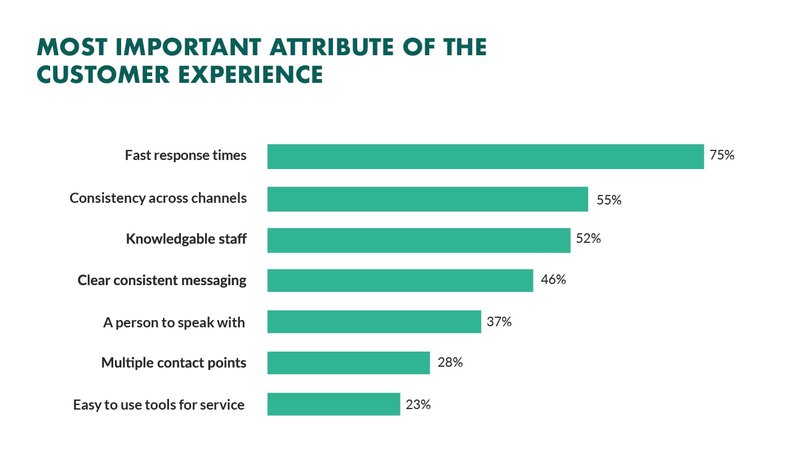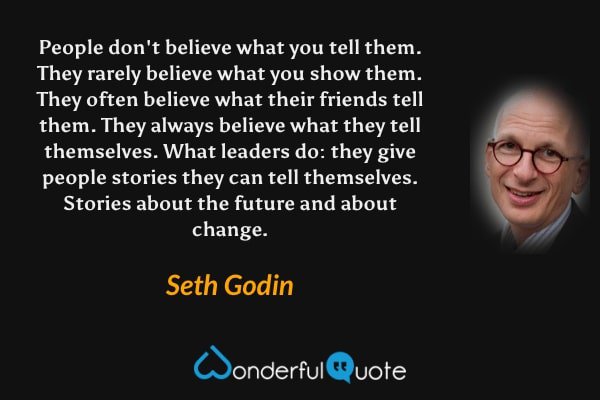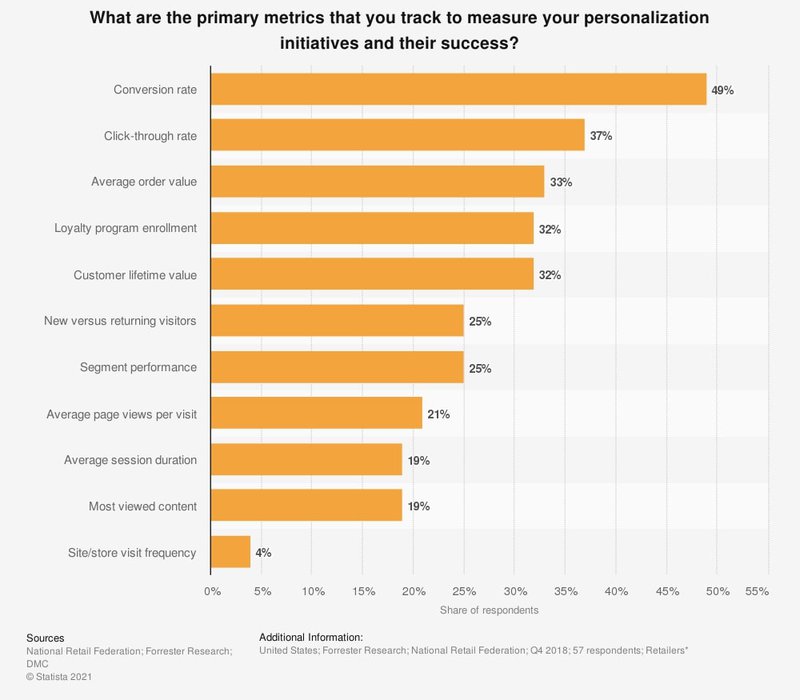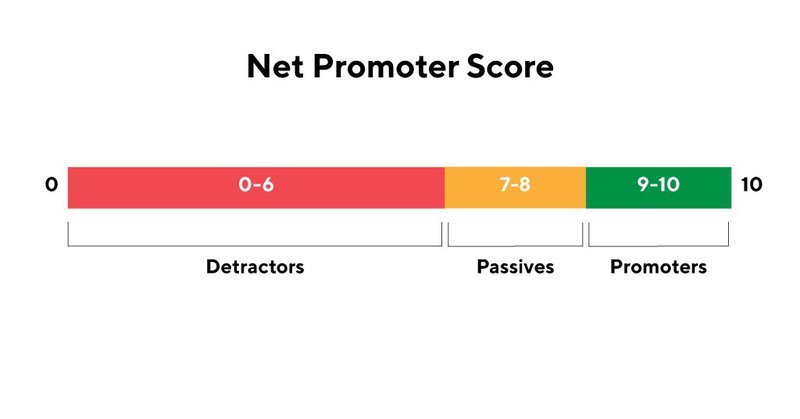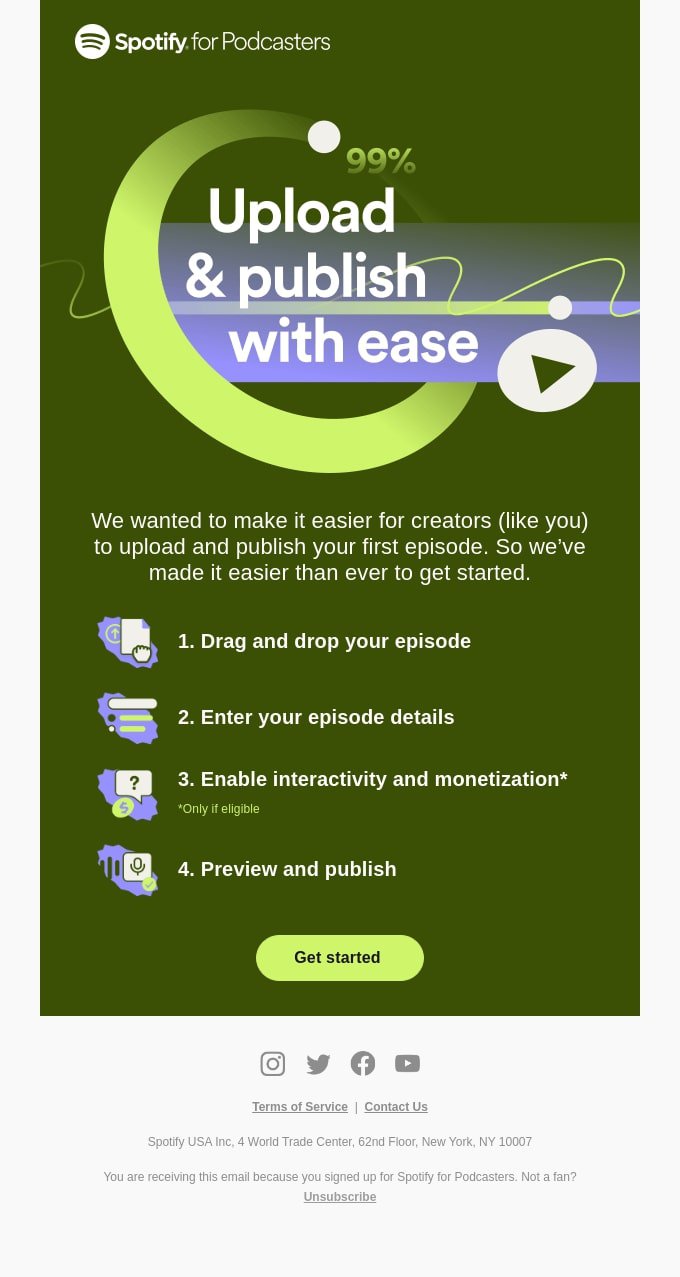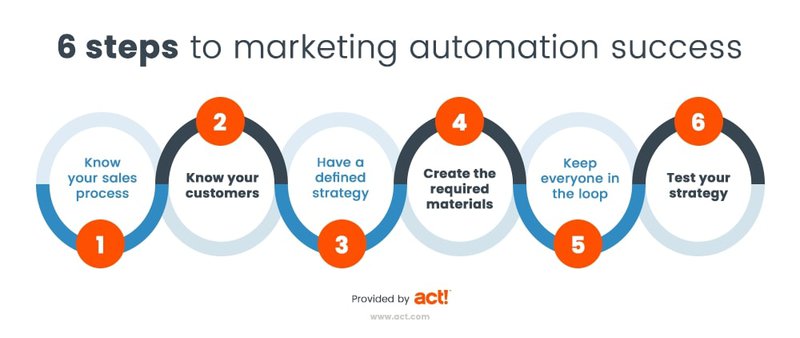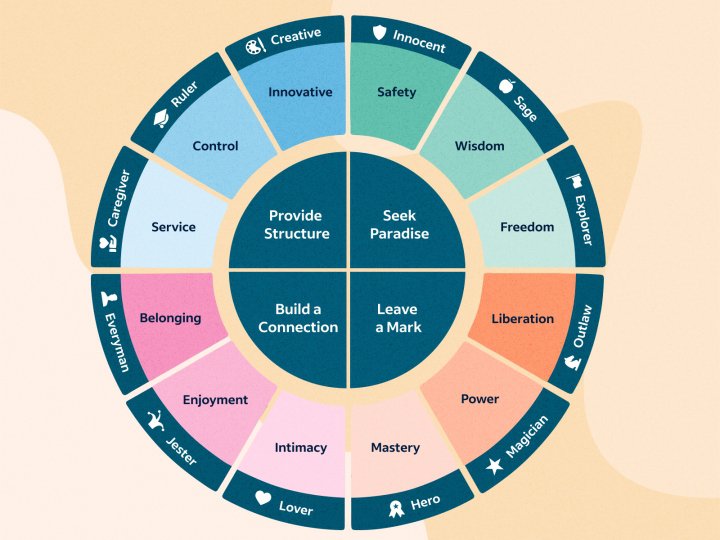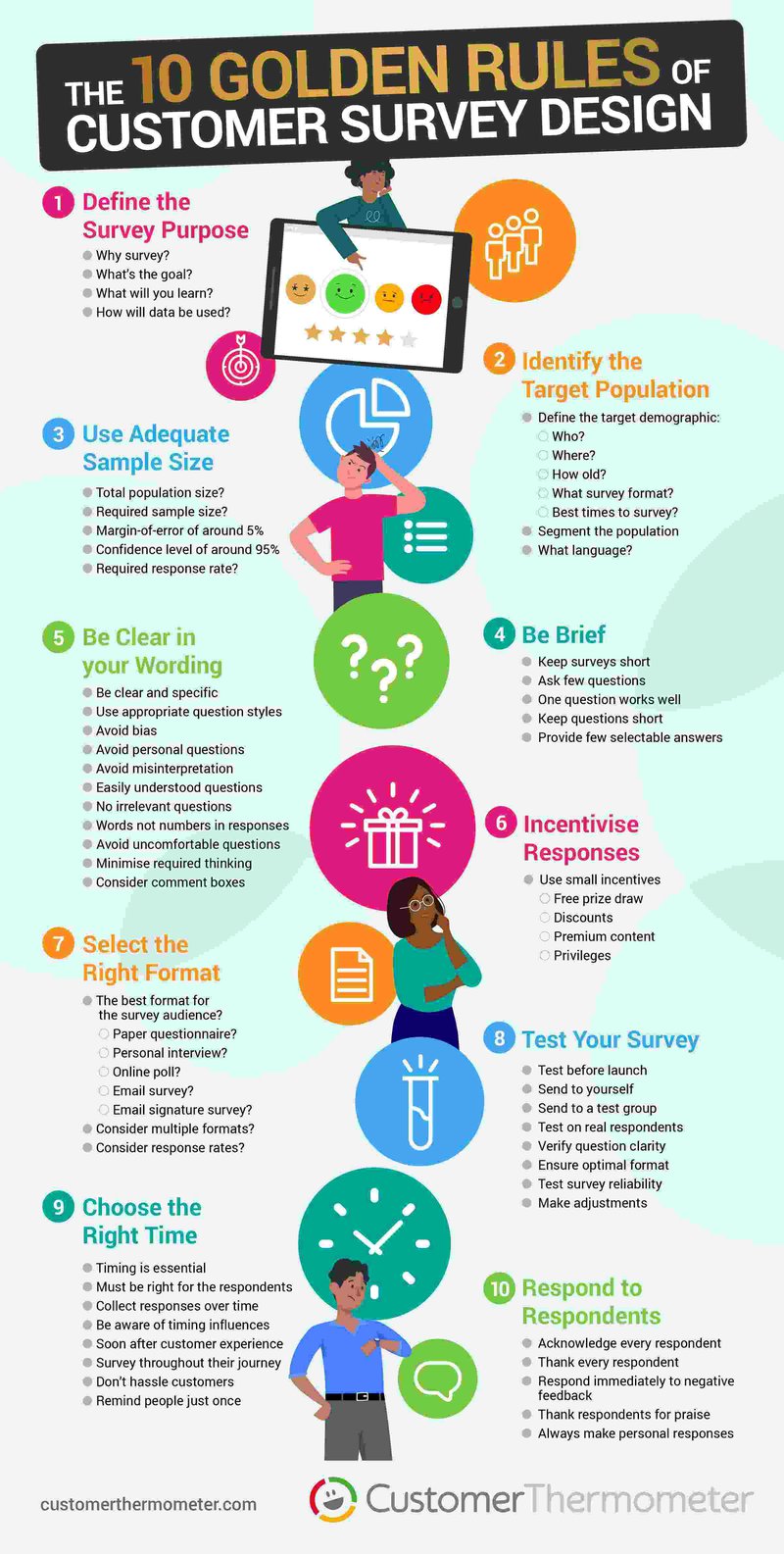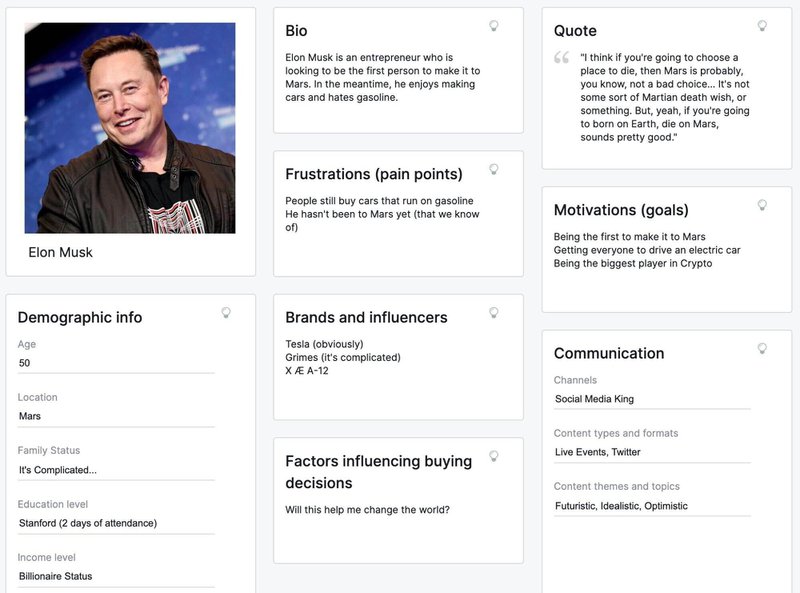Customer-First Marketing Strategy Tips To Woo Your Audience!
Customer experience doesn't just start with customer support teams. Make your audience feel heard the minute they see your brand. Don't miss these expert tips.
Updated November 7, 2024.

Imagine you're at a farmer's market, and all of the vendors are screaming at the top of their lungs, trying to get buyers to stop by their stall. The thing is... no one can make sense of anything. The noise and lack of clarity make it a lose-lose situation for everyone, vendors and buyers alike.
Today, online marketing is rather similar.
The average person sees between 4,000 and 10,000 ads per day, spends more than 2.5 hours on social media, and watches 17 hours of video online weekly.
Despite the huge consumption, however, just a small part of all these messages and narratives actually get through. People read word-by-word only 16% of the time online.
The difference between successful businesses that actually win online, and those that spend their resources on producing more noise, lies in customer-first marketing, across all marketing channels, from email marketing to social media.
What is customer-first marketing, why does it matter so much, and how to do it well?
Keep reading to find out more.
What is customer-first marketing?
At its core, customer-first marketing is a mindset and approach that prioritizes the customer's interests and experiences over everything else.
A customer-first strategy aims to do more than just score a sale or conversion: it aims to meet people at every step of the customer journey, when they are ready, with the educational content, customer support, and special offers.
Advantages of customer-first marketing
Putting your customers first comes with many short- and long-term benefits.
A customer-first strategy creates a positive customer experience, from when someone stumbles upon your brand to when they buy something from you (and beyond). This improves overall customer satisfaction, boosts conversion rates, and creates a loyal customer base.
There's even more to it:
Embracing customer-first marketing generates more customer data that will help your customer support team deliver better services more quickly while providing a more personal and meaningful response. Focusing on customer experience also helps your product team more easily identify potential improvement areas and optimize your products and services accordingly.
Last, but not least, a customer-first marketing strategy will help your marketing team determine the best channels, messages, tone of voice, marketing tactics, marketing programs, and brand nuances your business needs to take to stand out in a crowded market.
Putting customer insights at the core of your business is about more than just how marketing teams can deal with their strategy. It will fuel business decisions that make sense for your organization, and the market as a whole.
The essential elements of customer-first marketing
A customer-centric approach to marketing and business sounds easy. After all, you just have to listen to your customers and develop marketing programs and business strategies that fit your target audience's narratives.
Right.
But without a structured, intentional strategy for embracing customer-first marketing, your efforts have little chance of success. Remember that switching from business-focused marketing tactics to audience-centric ones isn't a walk in the park – your business goals, company mission, the different departments in your organization, and your entire business model might have to change.
Here are the elements you need to consider for a customer-first strategy:
Your existing audience
Your audience is where your customer-first strategy starts. You need to start looking for answers from your customers, social media followers, email newsletter subscribers, partners, direct customer insights (e.g. messages they send you), your customer reviews, and your communities.
These are people who are already interested in your business. It will be very useful to learn:
- How they found out about your business
- What they liked about it
- What they think could use improvement
- What you can do to tap into similar audiences
To gain these insights, you can:
- Explore your quantitative data, like your customer demographic, web traffic, and other types of "hard data" you can extract from your existing marketing activities
- Monitor customer reviews
- Run customer interviews
- Analyze customer interactions on social media and communities
- Practice social listening
This data will provide you with important insights about how to best allocate your marketing budget.
Internal data
You want to truly understand your customers' behavior. Beyond asking them and analyzing reported data, look at your first-party data and customer insights drawn from the data.
This is the information customers leave behind when interacting with your business in a more direct way.
In the case of an eCommerce marketing strategy, internal data would include points about each customer, like:
- Their orders
- Order frequency
- The kind of SMS marketing brings them back to your site
- What email marketing makes them click
- Their products preferences on your site
- The types of product bundles they are most interested in
- The product recommendations they click on
- What products they abandon
- The type of interactions they have with your customer success team
On the other hand, for a SaaS business, the internal data might consist of:
- What kind of onboarding emails make people stick
- How long it takes for someone to upgrade from a free trial to a paid plan
- Which product features are used the most, and when they're being used
- What type of content or support makes paying customers loyal and improves the retention rate
- What is your churn rate and what is causing it
- The product features customers use, and request, the most
A personalized experience
Customers crave personalized experiences that resonate with their individual needs. Collecting and analyzing both external and internal data will help you craft a tailored customer journey for different customer segments – increasing marketing effectiveness as a result.
Good data will allow for more detailed audience segmentation. This, in turn, will help you devise personalized emails and targeted marketing messages that make people feel seen and understood as human beings, rather than data points in a spreadsheet.
A well-segmented contact list will allow you to create multiple types of communications via email that increase conversions, customer lifetime value, loyalty, customer evangelism, and so on. Some of these emails include:
- The initial welcome email series
- Abandon cart email,
- Browse abandonment emails
- Post-purchase emails
- And more.
Pro tip: Want to make sure your email marketing is perfectly aligned with your customer-centered strategy? Hire the email marketing agency for your industry, vetted and matched by Mayple, in just a matter of days!
The phases of implementing a customer-focused strategy
Implementing customer-first marketing can't happen overnight, no matter how big your team is. You need to gradually transition your team from a "sell, sell, sell" approach to a more conscientious customer-centric one. Here's how to do just that:
Set your goals
Define clear and specific goals for your customer-first marketing strategy. Are you aiming to improve customer retention, increase customer lifetime value, or boost customer satisfaction ratings? Establishing objectives will guide your actions throughout the process.
On the flip side, if you don't have clear goals, you're wandering in the dark – making it difficult to measure the success of your efforts.
Understand your customers
Comprehensive customer research is the foundation of customer first marketing. Conduct surveys, calls with customers, and analyze data to deeply understand your target audience's preferences, pain points, and behaviors.
When you take the time to actually understand your customers, you can craft more effective marketing campaigns, come up with content ideas that resonate, and offer products and services that fulfill customers' needs.
Segment your audience
Different customer segments have distinct needs and preferences. Segment your audience based on various criteria, such as location, demographics, subscriber type, cart/browser abandonment history, purchase history, and average order value. More examples include
- Location: Understand regional preferences and tailor your marketing efforts accordingly.
- Demographic: Cater your messaging and product offerings to different age groups, genders, and interests.
- Subscriber type: Customize communication based on whether customers are new subscribers or long-term loyalists.
- Cart/browser abandonment history: Use targeted follow-up strategies to recover potentially lost sales.
- Purchase history: Recommend relevant products based on past purchases to encourage repeat business.
- Average order value: Offer incentives to increase the average transaction value.
Translate customer insight into actions
Use the gathered data and customer insights to inform your marketing strategies and decision-making processes. Align your offerings and messaging with what your customers truly value and create an actionable plan that resonates with their needs.
For example, if your customer research reveals a need for more detailed product information, you could start building content that provides your audience with tutorials and explainer videos that help them decide on the best product.
Implement your strategy and mine your database:
Execute your customer-first marketing plan across all relevant channels, including social media, email marketing, website, and in-store experiences. Ensure your customer database is well-maintained and up-to-date to enable personalized communication.
The more data you collect about your customers, the better you can segment your email lists and marketing efforts. And the better segmented your audience is, the more personalized, on-point, and relevant your communications can be.
Measure and automate
Monitor the success of your customer-first marketing efforts through key performance indicators, i.e. KPIs. Make sure you and your entire team are fully aware of what these KPIs are and what you are aiming for.
Furthermore, once you have more data about the success of your marketing efforts, try to automate as much of your workflow as possible. Marketing automation tools can help you streamline processes and deliver personalized content at scale.
Iterate and repeat
Customer needs and preferences are ever-evolving, so a successful customer-first marketing strategy requires continuous improvement. Regularly gather feedback, reassess your company objectives, and adjust your approach.
By staying up-to-date with customer needs, you can ensure your customers are engaged and satisfied – and that they keep coming back for more.
Advantages of customer-first marketing
Customer-first marketing is not just a buzzword; it is the way to go forward, as marketers, in a world crowded by noise and gimmicky marketing "tactics." Here are some of the most notable benefits of embracing a customer-first strategy.
Empowering customers
A customer-first approach empowers customers, making them feel valued and heard. By addressing their unique needs, businesses build stronger connections and foster customer loyalty, advocacy, and appreciation.
Providing greater value
When customers feel like a priority, they are more likely to reciprocate by engaging with the brand and becoming advocates. Offering valuable content, personalized offers, and exceptional customer service builds long-term trust.
Building a unique tone of voice for your business
A customer-first marketing strategy allows your brand to develop a distinct and authentic voice that resonates with your target audience. This helps your business stand out in a crowded marketplace.
How do brands put customers first?
It's easy to say "We are customer-centric," but if it's just a vague statement unrelated to your day-to-day business actions, it won't make much of a difference when it comes to the bottom line.
Beyond plans on paper and statements uttered in board rooms, customer centricity is about putting the people first, in an actionable way. Here are some common practices you can do today to start prioritizing your customers' needs and experiences:
Understand your audience
Customer research is an ongoing process for these brands. They invest time and resources to understand their customers' motivations, desires, and pain points to make informed decisions.
Furthermore, "customer research" is not a quick look at Google Analytics either. Companies that adopt customer-first marketing and strategies dig deep, ask questions, document, and take the time to understand their customers genuinely.
Learn what customers need
...And give that to them.
By actively listening to customer feedback and observing their behavior, customer-first brands can identify gaps in their offerings and respond with relevant solutions.
It may not always happen overnight, but when multiple customers express a need multiple times and it becomes a pattern, a customer-first company will make efforts to build that feature, product, or service.
Spread customer-centricity to all teams
Customer-centricity is not just the marketing department's concern – it's a company-wide effort. These brands ensure that every team understands and embraces the customer-first philosophy, from product development to customer support.
For these organizations, putting the customer first becomes part of their culture -- and it transpires in the way they communicate with customers, how they work with each other, and what they project externally, on the market.
Have a crisis communication plan in place
Mishaps and issues are inevitable in any business. Customer-first brands have well-prepared crisis communication plans focusing on transparency, empathy, and swift resolutions to maintain trust and loyalty.
Get original with improving customer experience
Innovative customer experiences set these brands apart. They continuously seek creative ways to surprise and delight customers, ensuring each interaction is memorable and positive.
Communicate directly with you customers
Customer-first brands prioritize two-way communication. They actively engage with customers on social media, respond to queries promptly, and seek feedback to improve their offerings.
Run regular surveys with customers
Doing well once can be a happenstance. But in order to give customers the impression that your brand cares about them, positive experiences must be delivered repeatedly.
Collecting feedback through surveys helps these brands gather valuable insights and identify areas for improvement. This information guides their decision-making and ensures continuous enhancement of customer experience.
How to introduce customer-first marketing in your team
Adopting a customer-first marketing approach requires a coordinated effort from your team. Here's how you can introduce this mindset:
Align with your team
Start by aligning with your team about the importance of customer-centricity and the benefits it can bring to the business. Emphasize the role each team member plays in delivering an outstanding customer experience.
Set clear objectives
Define specific objectives for your customer-first marketing strategy. Establish key performance indicators (KPIs) to measure success and progress.
Invest in customer research
Allocate resources to conduct comprehensive customer research. Utilize surveys, focus groups, and data analytics to gain valuable insights into customer behavior and preferences.
Create customer personas
Develop detailed customer personas based on the research. These personas will represent different segments of your target audience and guide your marketing efforts.
It is worth noting that customer/ buyer personas should be more than just "imaginary characters" you write down and forget about. They are living documents that should be updated as the customer needs, business, and market change.
Establish a customer feedback system
Implement a system for collecting and analyzing customer feedback. For instance, you could connect your surveys/ forms with a spreadsheet and collect all your feedback there. Or, if you prefer something more sophisticated, you can invest in a tool like Dovetail, which allows you to collect feedback in one place. Your entire team can then refer to the same source of truth when it comes to what customers do or do not say.
Train your team
Provide training to your team on customer service, active listening, and empathy. Equip them with the skills needed to understand and respond to customer needs effectively. More importantly, make sure they understand what customer-first marketing and strategy are and what it means for your business.
Implement personalization
Use customer data to deliver personalized experiences across various touchpoints, such as emails, website content, and social media interactions. Remember that personalization goes beyond using name tags in your email marketing tool – it's about learning what your customers want and delivering content that reflects their individual preferences.
Pro tip: Not sure how to incorporate personalization, your brand's tone of voice, and message clarity in your email copy? Contact Mayple to find the best and most experienced email copywriter for your niche to do this for you!
Monitor progress and iterate
Regularly assess the effectiveness of your customer-first marketing efforts and iterate your strategies based on customer feedback and data analysis. Becoming a customer-first company won't happen overnight, and it's only natural to have bumps along the way. Just ensure you continuously strive to improve your customer experiences and you'll already be making leaps and bounds.
Break through the noise with customer-first marketing
It can be difficult to stand out when everyone's trying to sell the same (or very similar) products or services. Customer-first marketing gives you a way to differentiate your brand and create meaningful relationships with your customers that will last for years.
With the right strategy in place, you can make your company truly customer-centric and revolutionize how your business operates, from your marketing department to customer success.
- Your content department can start asking important content mapping questions and create branded content programs that drive engagement.
- Your SEO department can bring more traffic to your site, decrease bounce rates, and increase the value of your organic marketing.
- Your customer success team can improve customer retention rates and create a positive impact on people's lives by helping them find solutions.
- Your sales teams can develop a customer-centric mindset that helps them connect with prospects (and has a direct impact on deal closure rate).
- Your leadership team can find the most relevant range of metrics to follow (as opposed to chasing attractive metrics that don't say much about your business' growth).
- The list goes on!
All in all, adopting a customer-first mindset can transform the way your marketing team (and entire business!) operates. In an environment where we are all drowning in messages that look and sound the same, putting your customers first is the best thing you can do to be memorable.
FAQs
What is an example of a customer-first approach?
A good example of a customer-first approach is sending a thank you email after serving a customer. When it comes to brick-and-mortar stores, a customer-first approach would be remembering a customer's name or usual order if they come regularly. This approach can improve customer experience and strengthen loyalty to your brand.
What are customer-first principles?
Customer-first principles are based on the idea that organizations place the customer at the center of all business-related decision-making. This is instead of organizing around products or services, for example.
What is a customer-first culture?
A customer-first culture focuses on creating excellent, often unforgettable, experiences for customers. This often results in improved retention, loyalty, return purchases, and even brand advocacy.
